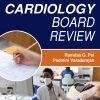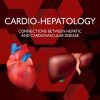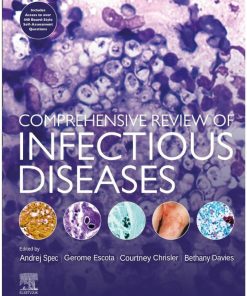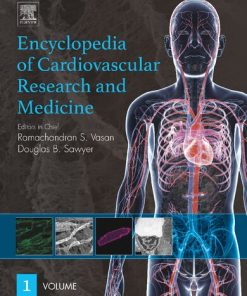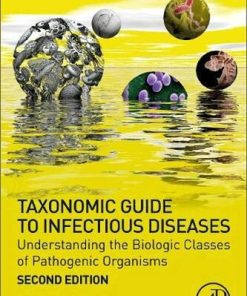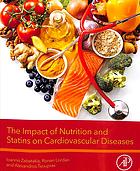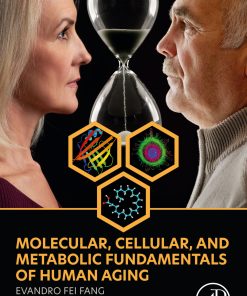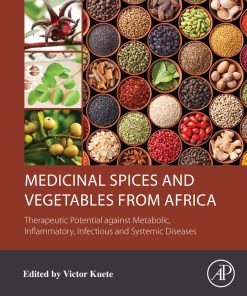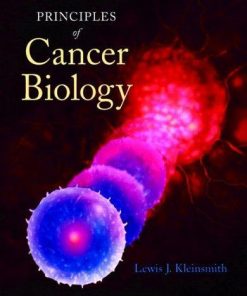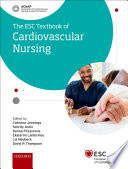(Ebook PDF) Biology of Cardiovascular and Metabolic Diseases 1st Edition by Chaya Gopalan 0128234229 9780128234228 full chapters
$50.00 Original price was: $50.00.$25.00Current price is: $25.00.
Biology of Cardiovascular and Metabolic Diseases 1st Edition by Chaya Gopalan – Ebook PDF Instant Download/DeliveryISBN: 0128234229, 9780128234228
Full download Biology of Cardiovascular and Metabolic Diseases 1st Edition after payment.
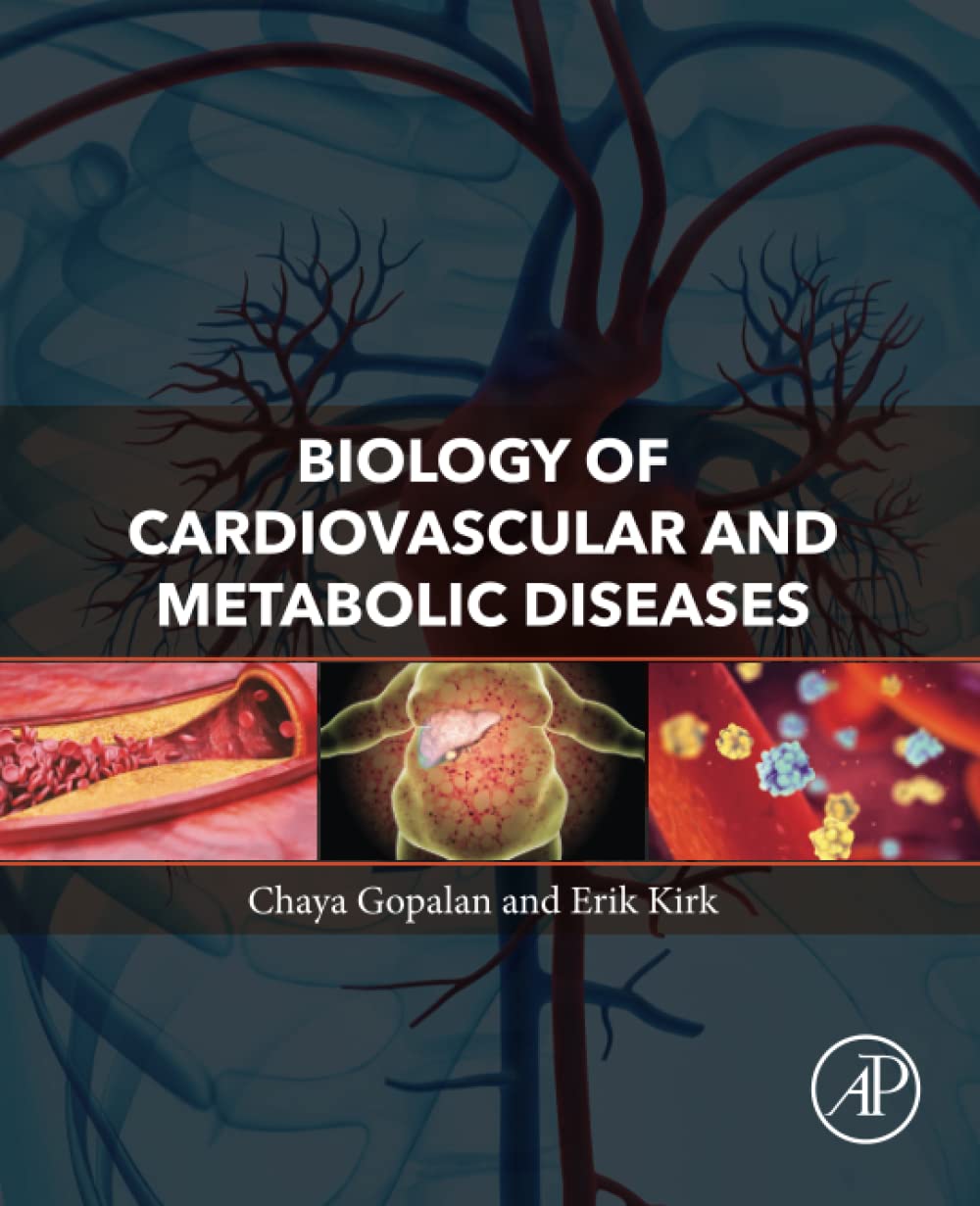
Product details:
ISBN-10 : 0128234229
ISBN-13 : 9780128234228
Author: Chaya Gopalan
Biology of Cardiovascular and Metabolic Diseases combines physiology and pathophysiology of selected metabolic and cardiovascular diseases with health relevance. Written in a concise and easy to read manner, the book allows readers to gain an understanding on a number of topics, including cardiovascular physiology and pathophysiology and how it relates to the development of insulin resistance, diabetes and other metabolic diseases. The book also highlights the relevance of obesity in the development of cardiovascular and metabolic diseases and emphasizes the benefits of exercise as a preventative measure and way to treat underlying conditions.
Biology of Cardiovascular and Metabolic Diseases 1st Table of contents:
Chapter 1: The heart
Abstract
1.1: Introduction
1.2: Location of the heart
1.3: The pericardium
1.4: Layers of the heart wall
1.5: External anatomy of the heart
1.6: Internal anatomy of the heart
1.7: Cardiac muscle and electrical activity
1.8: Cardiac muscle metabolism
1.9: Conduction system of the heart
1.10: Membrane potentials in cardiac conductive cells
1.11: Membrane potentials in cardiac contractile cells
1.12: Electrocardiogram
1.13: Cardiac cycle
1.14: Heart sounds
1.15: Heart rate, stroke volume, and cardiac output
1.16: Cardiovascular centers
References
Chapter 2: The blood vessels
Abstract
2.1: Introduction
2.2: Blood vessel arrangement
2.3: Shared structures of blood vessels
2.4: Arteries
2.5: Arterioles
2.6: Capillaries
2.7: Venules
2.8: Veins
2.9: Blood flow
2.10: Regulation of blood flow
2.11: Capillary exchange
2.12: Venous system
2.13: The role of exercise on systemic blood flow
References
Chapter 3: Inflammation
Abstract
3.1: Introduction
3.2: Types of inflammation
3.3: Cellular components
3.4: Chemical mediators
3.5: Characteristics of inflammation
3.6: Acute inflammation
3.7: Chronic inflammation
3.8: Resolution of inflammation
3.9: Risk factors associated with chronic inflammation
3.10: Complications of chronic inflammation
3.11: Free radicals and inflammation
3.12: Role of antioxidants
3.13: Antiinflammatory agents
3.14: Diet and inflammation
3.15: Exercise and inflammation
References
Chapter 4: Obesity and metabolic syndrome
Abstract
4.1: Introduction
4.2: Body mass index as an index of fat accumulation
4.3: Causes of obesity
4.4: Adipose tissue
4.5: Types of fat deposition
4.6: Leptin and ghrelin
4.7: Development of resistance to hormones
4.8: Metabolic syndrome
4.9: Pathogenesis of metabolic syndrome
4.10: Treatment options for obesity and the metabolic syndrome
References
Chapter 5: Atherosclerosis
Abstract
5.1: Introduction
5.2: Risk factors shared by arteriosclerosis and atherosclerosis
5.3: Pathogenesis of arteriosclerosis
5.4: Atherosclerosis
5.5: Pathogenesis of atherosclerosis
5.6: The role of high-density lipoprotein in the development of atherosclerosis
5.7: C-reactive protein (CRP), a biomarker of inflammation
5.8: Aneurysms and dissection
5.9: Pathogenesis of aneurysms
References
Chapter 6: Coronary artery disease
Abstract
6.1: Introduction
6.2: Coronary arteries
6.3: Coronary veins
6.4: Phasic variations in coronary blood flow
6.5: Regulation of coronary circulation
6.6: Coronary artery disease (CAD)
6.7: Risk factors for CAD
6.8: Myocardial infarction (MI)
6.9: Pathogenesis of myocardial infarction
6.10: Cardiogenic shock
6.11: Cardiac remodeling after myocardial infarction
6.12: Revascularization of the heart
6.13: Myocardial reperfusion injury
6.14: Exercise and prevention of myocardial injury
6.15: Congestive heart failure
6.16: The progression of heart failure
6.17: Common blood tests to diagnose MI
6.18: Treatment options for MI
References
Chapter 7: Renal physiology
Abstract
7.1: Introduction
7.2: External anatomy of the kidney
7.3: Internal anatomy
7.4: Nephrons
7.5: The glomerulus
7.6: The Bowman’s capsule
7.7: Proximal tubule
7.8: Loop of Henle
7.9: Distal tubule
7.10: Collecting ducts
7.11: Renin-angiotensin-aldosterone system
7.12: Filtration, reabsorption, and secretion
7.13: Glomerular filtration
7.14: Glomerular filtration rate (GFR)
7.15: Regulation of glomerular filtration rate
7.16: Tubular reabsorption and secretion
7.17: Reabsorption and secretion in the proximal tubule
7.18: Reabsorption and secretion in the loop of Henle
7.19: Reabsorption and secretion in the distal tubule
7.20: Reabsorption and secretion in the collecting duct
7.21: Natriuretic hormones
7.22: Diuretics and fluid volume
References
Chapter 8: Blood pressure, hypertension, and exercise
Abstract
8.1: Introduction
8.2: Components of arterial blood pressure
8.3: Regulation of blood pressure
8.4: Hypertension
8.5: Pathogenesis of essential hypertension
8.6: Hypertension and exercise
References
Chapter 9: Cellular metabolism
Abstract
9.1: Introduction
9.2: Catabolic reactions
9.3: Anabolic reactions
9.4: Oxidation and reduction reactions
9.5: Hormonal regulation of metabolism
9.6: Carbohydrate digestion and absorption
9.7: Glycolysis
9.8: Fate of pyruvate
9.9: Anaerobic respiration
9.10: Aerobic respiration
9.11: Gluconeogenesis, glycogenolysis, and glycogenesis
9.12: Digestion and absorption of proteins
9.13: Essential and nonessential amino acids
9.14: Regulation of protein metabolism
9.15: Deamination and transamination
9.16: Urea cycle
9.17: Nitrogen balance
References
Chapter 10: Lipid metabolism
Abstract
10.1: Introduction
10.2: Digestion overview
10.3: Fate of dietary fat
10.4: Triglycerides
10.5: Digestion and absorption of lipids
10.6: Types of lipoproteins
10.7: Lipoprotein metabolism
10.8: Lipolysis
10.9: Ketogenesis
10.10: Oxidation of ketones
10.11: Lipogenesis
10.12: Management of low blood cholesterol levels
References
Chapter 11: Obesity and liver disease
Abstract
11.1: Introduction
11.2: Anatomy of the liver
11.3: Blood supply to the liver
11.4: Hepatocytes and Kupffer cells
11.5: Production and circulation of bile
11.6: Functions of the liver
11.7: Hepatic steatosis (fatty liver disease)
11.8: Alcoholic fatty liver disease
11.9: Nonalcoholic fatty liver disease (NAFLD)
11.10: Cirrhosis (fibrosis)
11.11: Portal hypertension
References
Chapter 12: Endocrine pancreas
Abstract
12.1: Introduction
12.2: Cells and secretions of the pancreatic islets
12.3: Glucose transporters
12.4: Regulation of blood glucose levels by glucagon and insulin
12.5: Mechanism of insulin secretion
12.6: Normal glucose homeostasis
12.7: Normal insulin signaling in the skeletal muscle and liver
References
Chapter 13: Diabetes mellitus
Abstract
13.1: Introduction
13.2: Pathogenesis of type 1 diabetes mellitus
13.3: Type 2 diabetes mellitus
13.4: Pathogenesis of type 2 diabetes mellitus
13.5: Acute consequences of diabetes mellitus
13.6: Chronic complications of diabetes mellitus
13.7: Diagnosis of diabetes mellitus
People also search for Biology of Cardiovascular and Metabolic Diseases 1st
biology of cardiovascular and metabolic diseases
biology of cardiovascular and metabolic diseases pdf
is cardiovascular disease a metabolic disease
cardiovascular and metabolic diseases
biochemistry of cardiovascular system
Tags:
Biology,Cardiovascular,Metabolic Diseases,Chaya Gopalan
You may also like…
Medicine - Infectious diseases
Medicine - Infectious diseases
Medicine - Cardiology
The impact of nutrition and statins on cardiovascular diseases Lordan
Uncategorized
Medicine - Medicine & Nursing Reference


